
Dyslexia is a learning disorder that affects reading skills. It can make it difficult for a person to read accurately, fluently, and with comprehension. It also makes it difficult for people to recognize familiar words.
Dyslexia often occurs in people who have normal intelligence and normal vision. Many people with dyslexia go undiagnosed because signs of dyslexia can vary from one person to the next. For instance, one person might have trouble recognizing letters, while another has difficulty pronouncing words.
It can affect people of all ages, although it is more commonly diagnosed in kids. That’s why it’s important to know the signs of this learning disorder in kids.
If you suspect that your child is exhibiting dyslexia symptoms, consult with a doctor or a learning specialist. This blog post will discuss signs of dyslexia in kids so that you can recognize it early and get your child the help they need!
What Is Dyslexia?
Dyslexia is a neurological disorder that affects reading skills. It is characterized by difficulty with phonemic awareness, phonology, and word decoding.
Individuals with dyslexia often have trouble recognizing and manipulating the sounds of language. This can make it difficult to read accurately and fluently.
According to the International Dyslexia Association and the Individuals with Disabilities Education Act, dyslexia signs often manifest once a child starts school.
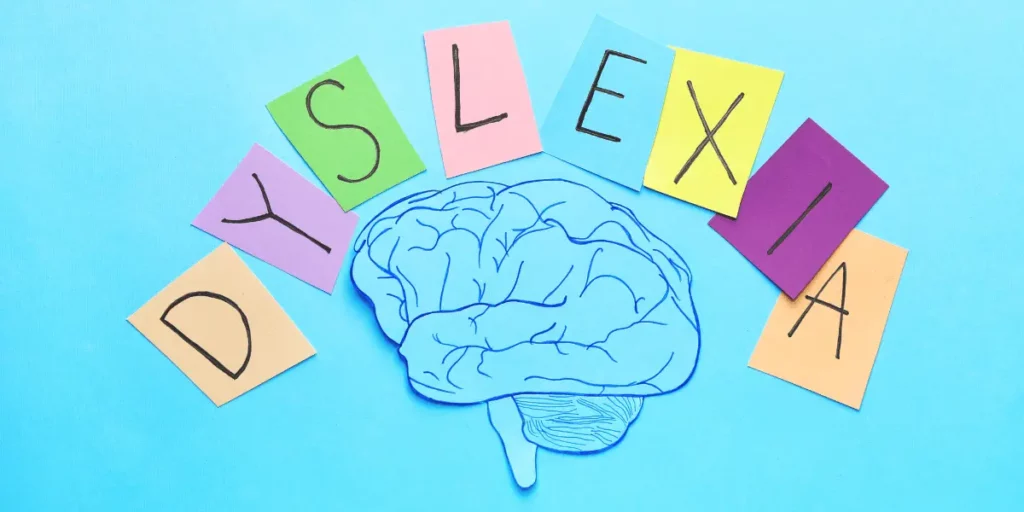
Dyslexia occurs in individuals who have normal intelligence and normal vision. It is not caused by laziness or a lack of motivation. It varies in severity, and some people with dyslexia are able to read quite well, while others may struggle to read even simple words.
This can be characterized by poor spelling skills, poor comprehension skills, trouble learning words, and struggle with written language.
The most effective way to treat dyslexia is with specialized reading instruction. This should be tailored to the individual’s needs and begin as early as possible. Most people with dyslexia can learn to read at grade level or higher with proper intervention.
Dyslexia in kids is relatively common and it often runs in families and can affect anywhere from 5-17% of the population. Family history should always be a consideration during an early assessment from special education services.
What Are the Types of Dyslexia?
There are four main types of dyslexia:
Phonological Dyslexia
This is the most common type. It is characterized by difficulty with phonemic awareness, phonology, and word decoding. Most children can’t recognize rhyming patterns, experience reading difficulty and difficulty sustaining attention.
Surface Dyslexia
Surface dyslexia is characterized by difficulty with word decoding. Individuals with surface dyslexia often have trouble sounding letters, leading to some reading problems.
However, these individuals often have relatively good reading comprehension because they can use context clues to help them understand what they are reading, especially when dealing with unfamiliar words.
Rapid Naming Deficit
This type of dyslexia is characterized by difficulty with phonemic awareness and word decoding. Individuals with a rapid naming deficit often have trouble recognizing and manipulating the sounds of language, making it difficult to read accurately and fluently.
Double Deficit
The double deficit is a combination of phonological dyslexia and surface dyslexia. Double deficit dyslexic children often have trouble with all aspects of reading.
7 Signs of Dyslexia in Kids

There are a number of signs that may indicate that a child has dyslexia. It’s important to keep in mind that not all children with dyslexia will have all of these signs. Some may only have a few signs, while other children may have many.
Additionally, the dyslexia signs can vary depending on the child’s age. For example, a first grade kid with dyslexia may have trouble learning the alphabet, while middle school or older children may struggle with reading comprehension.
Some common symptoms of dyslexia in kids include:
1. Difficulty Learning the Alphabet or Being Able To Recite the Alphabet in Order
One of the earliest signs of dyslexia is difficulty learning the alphabet or being able to recite the letters in order. If you recognize signs of difficulty, it may be an indication that they have dyslexia.
2. Difficulty Learning New Words
If your child is having difficulty learning new words, it may be a sign of dyslexia. They may have trouble with phonemic awareness.
3. Trouble Reading Aloud and Comprehension
One of the most common signs is trouble with reading. Kids may stumble over words or have difficulty reading with fluency. This can make it difficult for them to read aloud with comprehension.
They may be able to read the words on the page, but they have trouble understanding what they’re reading. This can make it difficult for them to follow along with a story or answer questions about what they’ve read.
4. Trouble With Spelling
Spelling difficulties are another indication. They may have difficulty knowing which letter goes with which sound or have trouble remembering how to spell words. This can make it difficult for them to write correctly.
5. Trouble Breaking Words Down Into Individual Sounds (Phonemic Awareness)
If your child is having trouble breaking words down into individual sounds, it may be a sign of dyslexia. This difficulty is due to phonemic awareness, which is the ability to hear and manipulate the sounds of language.
This can make it difficult for them to read accurately and fluently.
6. Trouble With Rhyming Words
People may have difficulty hearing the individual sounds in words as well as blending sounds, which can make it difficult for them to identify words that rhyme.
How Is Dyslexia Diagnosed?
Dyslexia is usually diagnosed by a team of specialists, including a psychologist, neurologist, or learning specialist. A comprehensive evaluation will assess your child’s reading skills, oral language skills, and general cognitive abilities.
The goal of the evaluation is to rule out other conditions that may be causing your child’s difficulties and to identify specific areas of weakness.
There is no single test that can diagnose dyslexia. Instead, it is diagnosed based on a pattern of symptoms. Your child’s doctor will likely use a combination of tests and observations to make a diagnosis.
How Does Dyslexia Affect Kids in School?
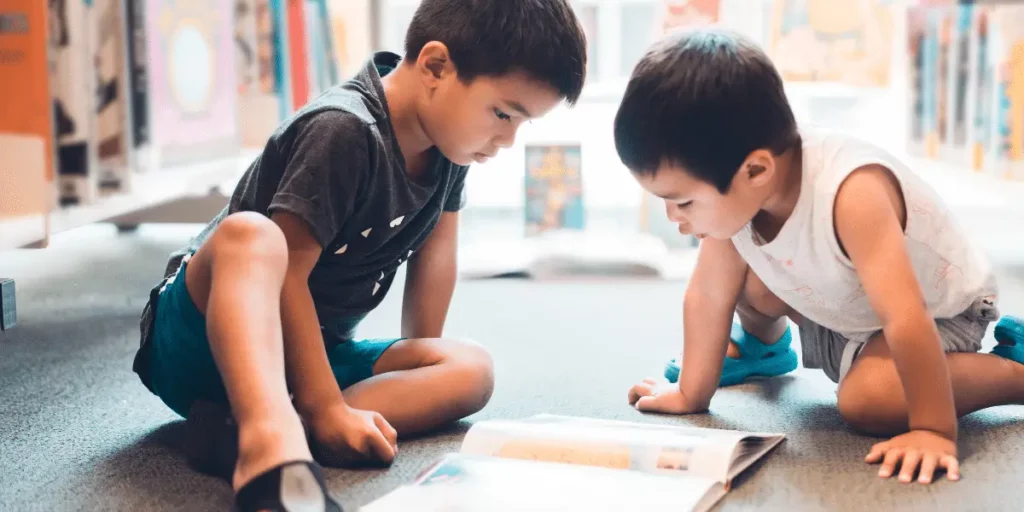
Dyslexia can affect kids in a number of ways. It can impact their reading, writing, and spelling abilities. Additionally, it can also affect their ability to pay attention and focus on tasks. All of these difficulties can make school difficult for kids with dyslexia.
Other impacts of dyslexia in kids at school include:
Decreased Confidence and Motivation
Due to their difficulty with reading, writing, and spelling, kids with dyslexia may feel like they’re not as smart as their peers. They may feel overwhelmed and discouraged, which can lead to decreased confidence and self-esteem.
Enhanced Anxiety
Another way that dyslexia can affect kids is by enhancing anxiety. Kids with dyslexia may feel anxious about reading, writing, and spelling in front of their peers. This can lead to increased anxiety and stress levels.
What are Some Strategies for Helping Kids With Dyslexia?
These strategies can be used at home and at school, with the aid of your child’s teacher or a reading specialist, to help kids with dyslexia succeed.
Reading Aloud to Them on a Daily Basis
Reading aloud poems, story books, or nursery rhymes to a child with dyslexia on a daily basis can help them improve their reading fluency, comprehension, and vocabulary. Additionally, it can also help them to feel more confident about reading.
Using Technology
There are a number of apps and software programs that can help kids with dyslexia improve their reading, writing, and spelling skills.
Providing Extra Time
Kids with dyslexia may need extra time to complete tasks, like tests and assignments. Additionally, you can also break tasks down into smaller parts to make them less overwhelming.
Using Phonetic Spelling When Writing
When writing, kids with dyslexia can use phonetic spelling. This can help them to spell words correctly and improve their writing skills. Teach them common words or short small words so it’s easier for them.
Breaking Down Words Into Syllables When Reading and Spelling
When reading and spelling, you can break words down into syllables. This can help kids with dyslexia to process information more easily. Additionally, it can also help them to spell words correctly.
These are just some of the strategies that can be used to help kids with dyslexia. If you’re concerned that your child may have dyslexia, you should contact a medical professional.
How Does a Child With Dyslexia Usually Feel on a Daily Basis?
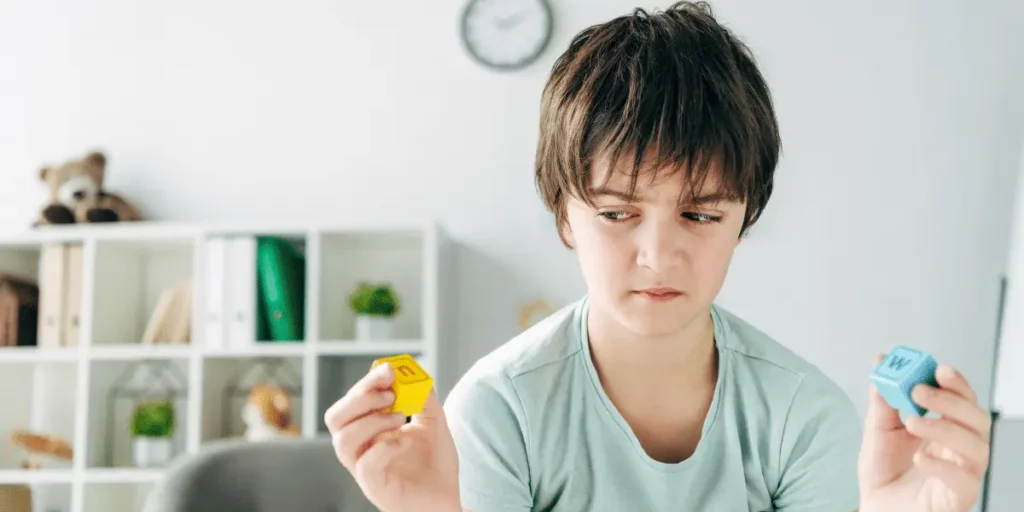
A child with dyslexia may feel a range of emotions on a daily basis. They may feel frustrated, overwhelmed, and anxious. Additionally, they may feel discouraged and unmotivated. These feelings are often due to the difficulties that they face at school.
Think about it this way: if you had difficulty reading, writing, and spelling, you’d probably feel the same way.
It’s important to remember that these feelings are normal. Kids with dyslexia often feel like they’re not as smart as their classmates, but this is not true. Dyslexia has nothing to do with intelligence.
Instead, dyslexia is a neurological disorder that affects the way that information is processed. It’s important to remember that dyslexia is not curable but treatable. With the right intervention and support, kids with dyslexia can succeed in school and in life.
How Does Dyslexia Intervention Help Kids?
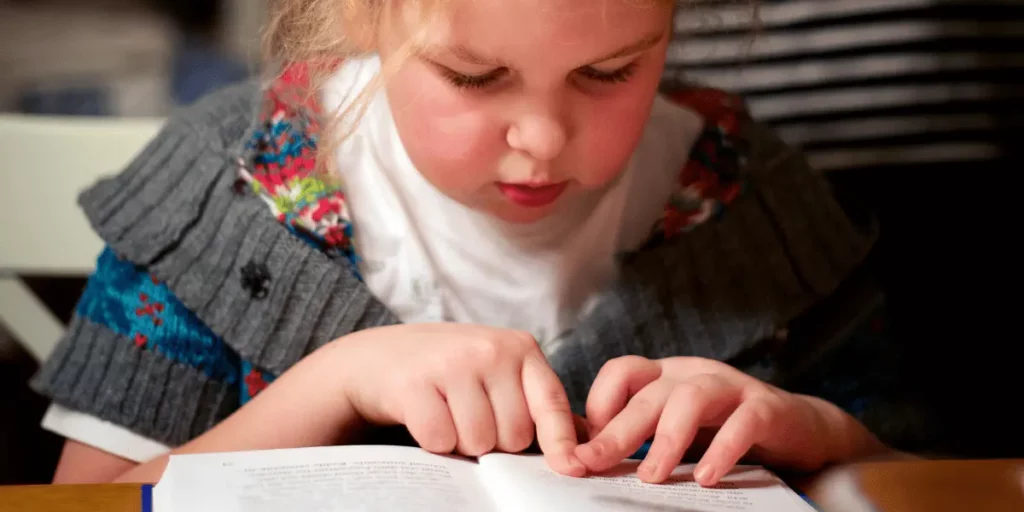
Dyslexia intervention helps kids with dyslexia in a number of ways. It can help them to improve their reading, writing, and spelling skills. Additionally, it can also help them to cope with the emotions that they feel.
Intervention for dyslexia usually begins around the first or second grade. This is because this is when the signs of dyslexia usually start to become apparent. Early intervention is important because it can help to prevent the effects of dyslexia from becoming worse over time.
If dyslexia is neglected, there is a tendency that a child will begin to lag behind their classmates. This can lead to a decrease in self-esteem and motivation. Additionally, it can also lead to behavior problems.
Dyslexia intervention usually consists of specialized instruction and tutoring. It’s important to note that not all interventions are the same. The type of intervention that a child needs will depend on the severity of their dyslexia.
Some kids with dyslexia may only need a few hours of intervention per week. Others may need more intensive intervention, such as daily tutoring or special education classes.
Conclusion
Dyslexia is a neurological disorder that affects reading skills. It is not caused by a lack of intelligence or motivation, and it cannot be cured. However, with proper diagnosis and intervention, most people with dyslexia can learn to read and write effectively.
If you suspect that your child may have dyslexia, talk to your child’s doctor or school counselor.
Parents must be attentive to symptoms of dyslexia in their children and not ignore them.
With early diagnosis and intervention, children with dyslexia can overcome their reading difficulties and lead successful lives.
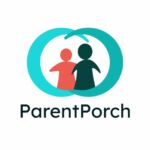

Leave a Reply